Breathing Life into Pixels: AI’s Incredible Artistic Journey
Introduction
Art has always been a quintessential expression of human creativity. But, with the advancement of technology, specifically Artificial Intelligence (AI), we’re witnessing an unprecedented revolution in the art industry. AI has given birth to a new digital art form, widely known as AI Art, pushing the boundaries of creativity and imagination. This blog examines how AI has transformed the field of digital art, paving the way for an era of AI prints and customized creativity that was once unimaginable.
Historical Development of Digital Art
Before we delve into the realm of AI art, it’s crucial to appreciate the journey of digital art that has led to this point. As we trace back the roots of digital art, we see a steady evolution from simple pixel art of the 1950s to today’s complex 3D designs. The rise of the internet further propelled this art form, making it accessible and popular among masses. Yet, the most significant leap in this evolution has been the introduction of AI in digital art.
The early applications of AI in art were quite experimental. Artists began to explore this new tool, seeking ways to push their creative boundaries. From using AI to generate abstract patterns to mimicking renowned artists’ styles, AI started to emerge as a powerful tool in an artist’s arsenal. To explore this fascinating journey of AI in the art world, we recommend this in-depth read.
-
LeBron James
Art Prints $160.00 – $200.00Buy now This product has multiple variants. The options may be chosen on the product page -
US President 44
Art Prints $160.00 – $200.00Buy now This product has multiple variants. The options may be chosen on the product page -
US President
Art Prints $160.00 – $200.00Buy now This product has multiple variants. The options may be chosen on the product page
AI’s Role in Digital Art
AI Techniques in Art Creation
AI in digital art is no longer just about using filters or manipulating existing images. It’s about creating new, unique pieces of art from scratch, often based on algorithms and deep learning models. The AI Art generator uses these algorithms to analyze a vast array of art styles, genres, and techniques, then apply them to create novel artwork. AI’s capacity to learn and apply intricate art styles can sometimes be as astounding as a Michelangelo masterpiece.
Customization and Adaptability
Perhaps one of the most profound impacts of AI in art is the unprecedented level of customization it offers. With AI, you can create an art piece from a photo, producing an AI print that retains the original’s essence while adding an artistic touch. This adaptability of AI has sparked new business models such as NFT54, which offers AI-powered art services, including AI art generator from photo.
Noteworthy AI Artworks
The capabilities of AI in creating art have led to many noteworthy AI artworks, some of which have even fetched astronomical prices at auction. These instances not only validate the artistic value of AI prints but also usher in a new era where AI plays a significant role in defining art.
For instance, an AI artwork named “Portrait of Edmond de Belamy” made history when it sold for an astonishing $432,500 at Christie’s auction house. This AI-generated piece surpassed all expectations, highlighting the acceptance and intrigue around AI art. You can explore more about this artwork and other revolutionary AI creations here.

Impact of AI on Artists and the Art Industry
AI’s integration into the art world has led to significant shifts in the artists’ creative process and the art industry’s structure.
Transformation of the Artists’ Work
For artists, the introduction of AI has provided a novel set of tools that can be harnessed to create innovative and intricate artwork. It has opened up new dimensions of creativity, allowing artists to experiment with styles, structures, and patterns that were previously impossible or extremely difficult to achieve. Moreover, AI art has provided artists with the ability to automate and expedite certain tasks, giving them more time to focus on their conceptual ideas.
However, the advent of AI also presents new challenges. There’s a growing debate over the potential of AI to overshadow or even replace human creativity. While AI can generate art, it lacks the human touch, emotional depth, and cultural context that typically characterize human-made art. This tension between technology and human creativity is well explored in this article.
Reshaping the Art Industry
The impact of AI extends beyond the artists and their creative process; it’s reshaping the entire art industry. From production and curation to distribution and consumption, AI’s influence is pervasive. One clear example is the emergence of AI-generated art pieces, such as AI prints sold on platforms like NFT54. These platforms democratize art, making it more accessible and affordable.
However, the reception of the art community towards AI-generated art has been mixed. While some hail it as the future of art, others express concerns over its implications on traditional art and artists. These controversies are well-documented in this insightful piece.

Ethical and Copyright Considerations
The advent of AI in art also brings forth numerous ethical and copyright considerations.
Who Owns AI Art?
One of the major debates surrounding AI art pertains to its ownership. Since AI systems generate the artwork, it raises questions: Who should be recognized as the artist, the programmer or the AI? And who owns the copyright of an AI-generated art piece? These questions can get complex, especially in situations where AI art sells for substantial sums. This fascinating topic is well-explored in this discussion.
Ethical Concerns
There are also ethical concerns to consider. For instance, how do we ensure the ethical use of AI in art, especially when it’s capable of replicating the styles of established artists or generating art from copyrighted materials? And should there be limits on AI’s creative capabilities?
Potential Solutions
Addressing these ethical and copyright issues requires a balance between encouraging innovation and protecting artists’ rights. One solution could be implementing clear legal frameworks that define the boundaries of AI’s creative capabilities and its use in art. Additionally, recognizing AI’s role as a tool, rather than a creator, could help alleviate some of these concerns.

The Future of AI in Digital Art
AI’s role in digital art is ever-evolving, and its future possibilities are as expansive as our imagination.
Predictions
Given AI’s current trajectory, it’s likely we’ll witness more sophisticated AI art generators, capable of creating even more intricate and personalized artwork. Additionally, we can anticipate AI to permeate all aspects of the art industry, from creation and curation to distribution and consumption.
Advancements and Improvements
AI’s future in art will also be shaped by technological advancements. Improved AI models might be able to understand and replicate the emotional depth and cultural contexts that define human-made art. The AI art generator from photo could also become more advanced, offering higher customization levels and more realistic results.
Implications for Artists, Art Industry, and Consumers
These changes could have profound impacts on artists, the art industry, and consumers. Artists will need to adapt to these technological advancements, potentially blending traditional techniques with AI capabilities. The art industry may also witness a shift towards more digital platforms, like NFT54, that sell AI-generated art. For consumers, AI could make art more accessible and interactive, offering a more immersive experience.
Conclusion
In its relatively short journey, AI has breathed life into pixels, pushing the boundaries of creativity and revolutionizing the art world. However, it’s a journey marked by both opportunities and challenges, excitement and controversy. As AI continues to evolve, we can look forward to an even more vibrant and dynamic artistic landscape, one where human creativity and machine intelligence coexist and collaborate. At the same time, we must navigate the ethical, copyright, and industry implications with care, ensuring that this digital revolution benefits all art stakeholders.

Frequently Asked Questions
Is AI painting real?
Yes, AI paintings are real and they are created using artificial intelligence technologies that analyze existing art and create new pieces based on patterns and styles they've learned.
Had an AI turn my words into art?
Yes, certain AI technologies can convert words, phrases, or descriptions into visual art. They interpret the input text and generate art that reflects the described elements.
Is it illegal to use AI art?
No, it's not illegal to use AI-generated art. However, legal and ethical questions about copyright and ownership can arise when using AI to create art, particularly if the AI's training data includes copyrighted works.
Why is AI art controversial?
AI art is controversial because it challenges traditional ideas about art, including notions of creativity, authenticity, and human expression. Additionally, there are legal and ethical questions about copyright and ownership.
Can I sell my AI created art?
Yes, you can sell art that you've created using AI. However, the legal and ethical aspects of selling AI-generated art can be complex and are still being debated.
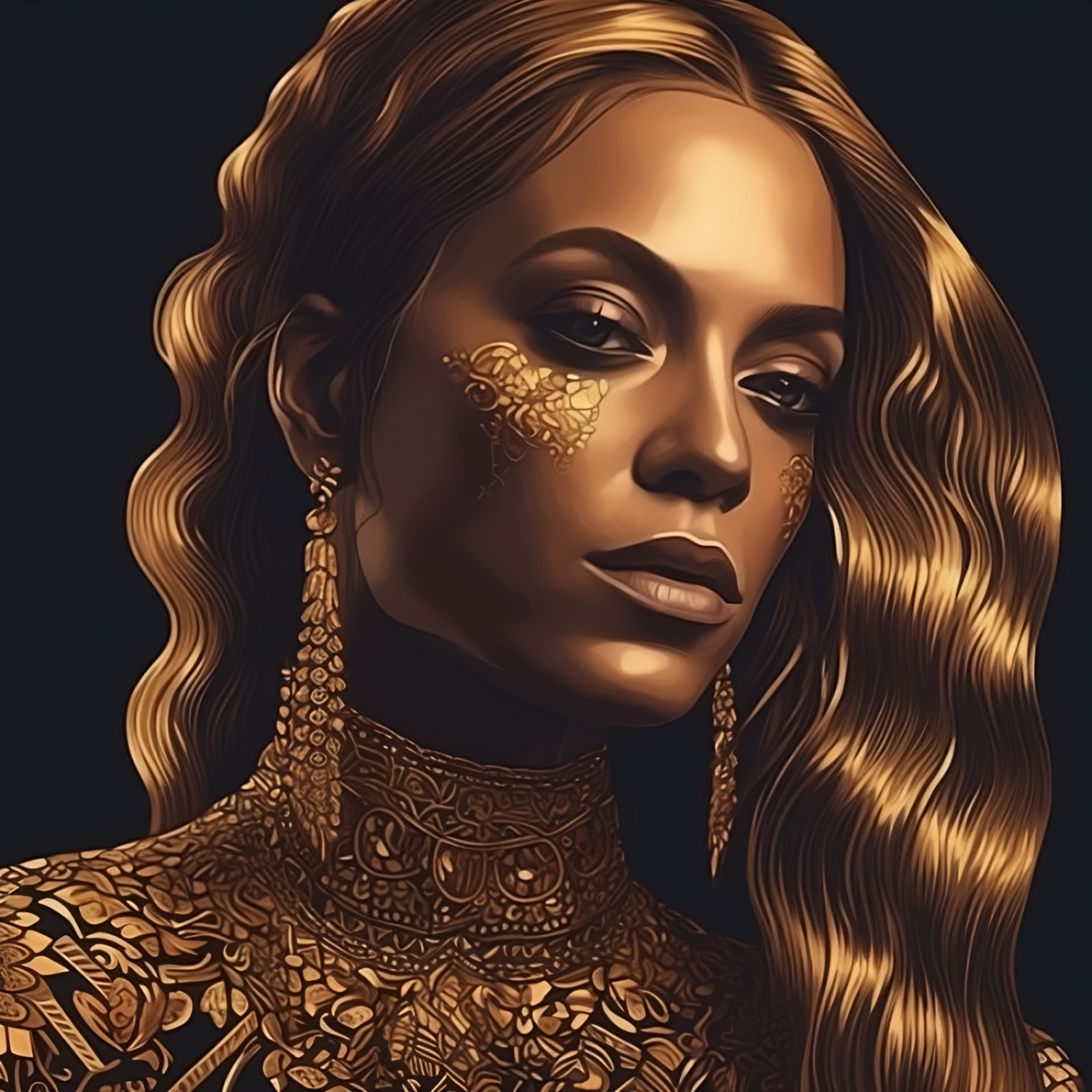

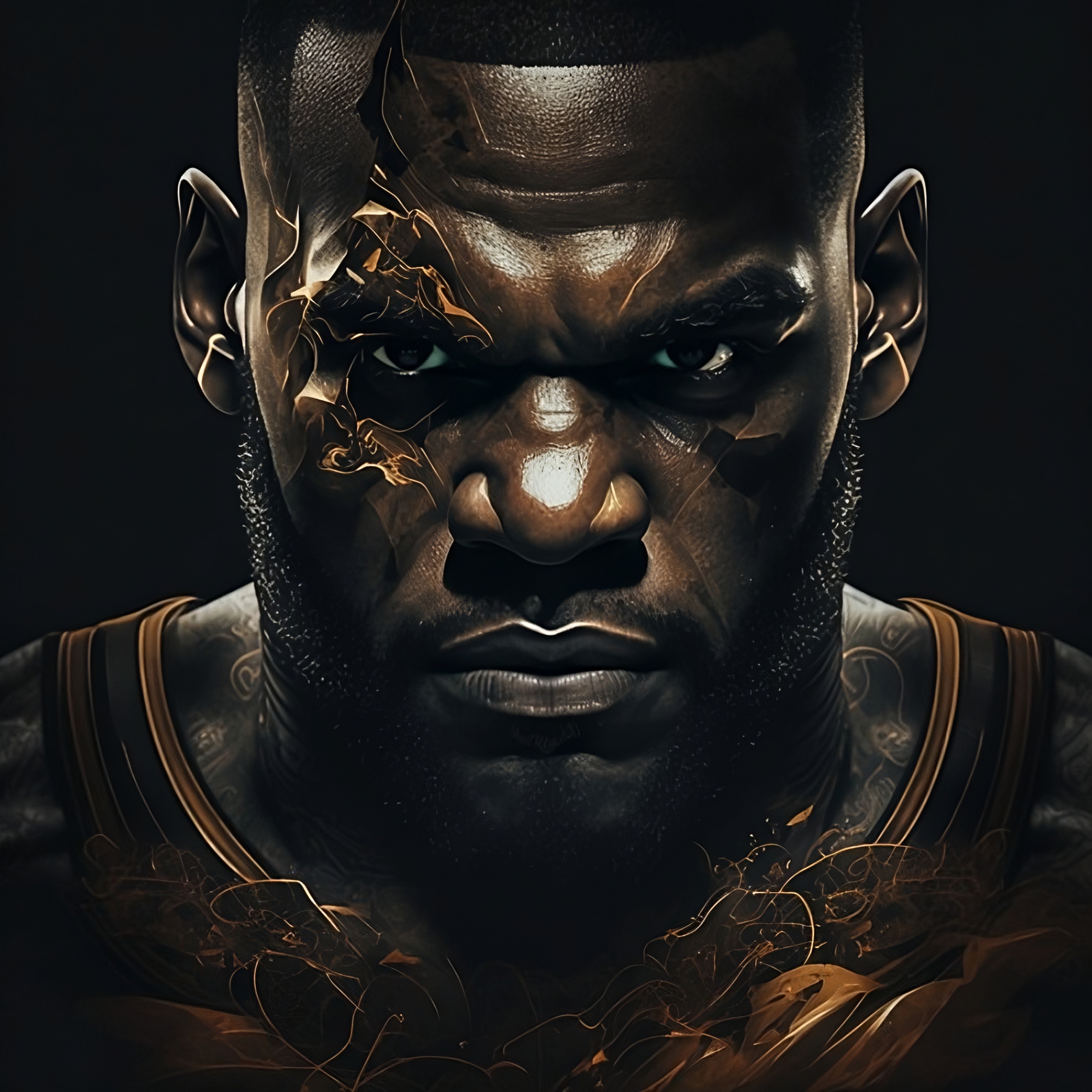

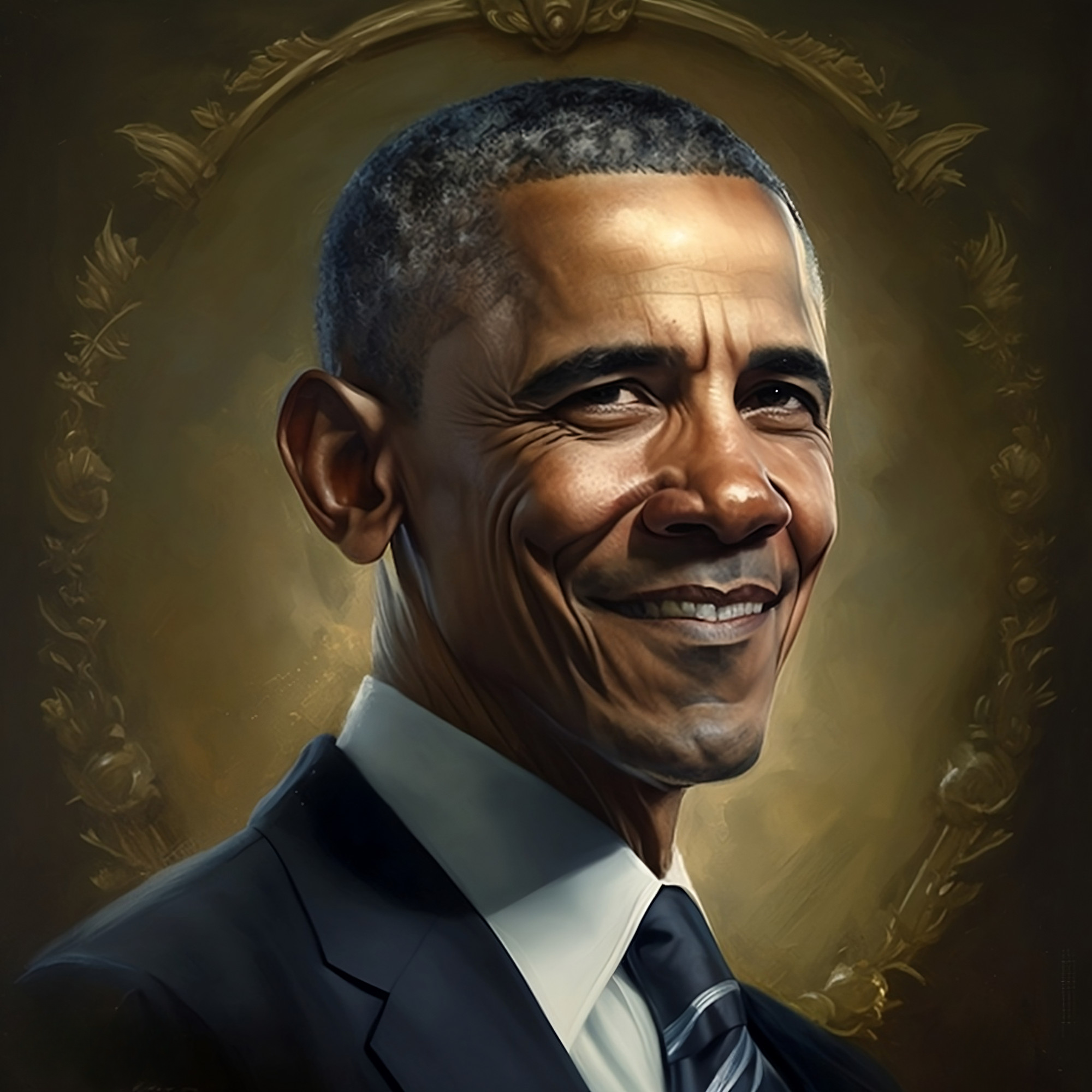

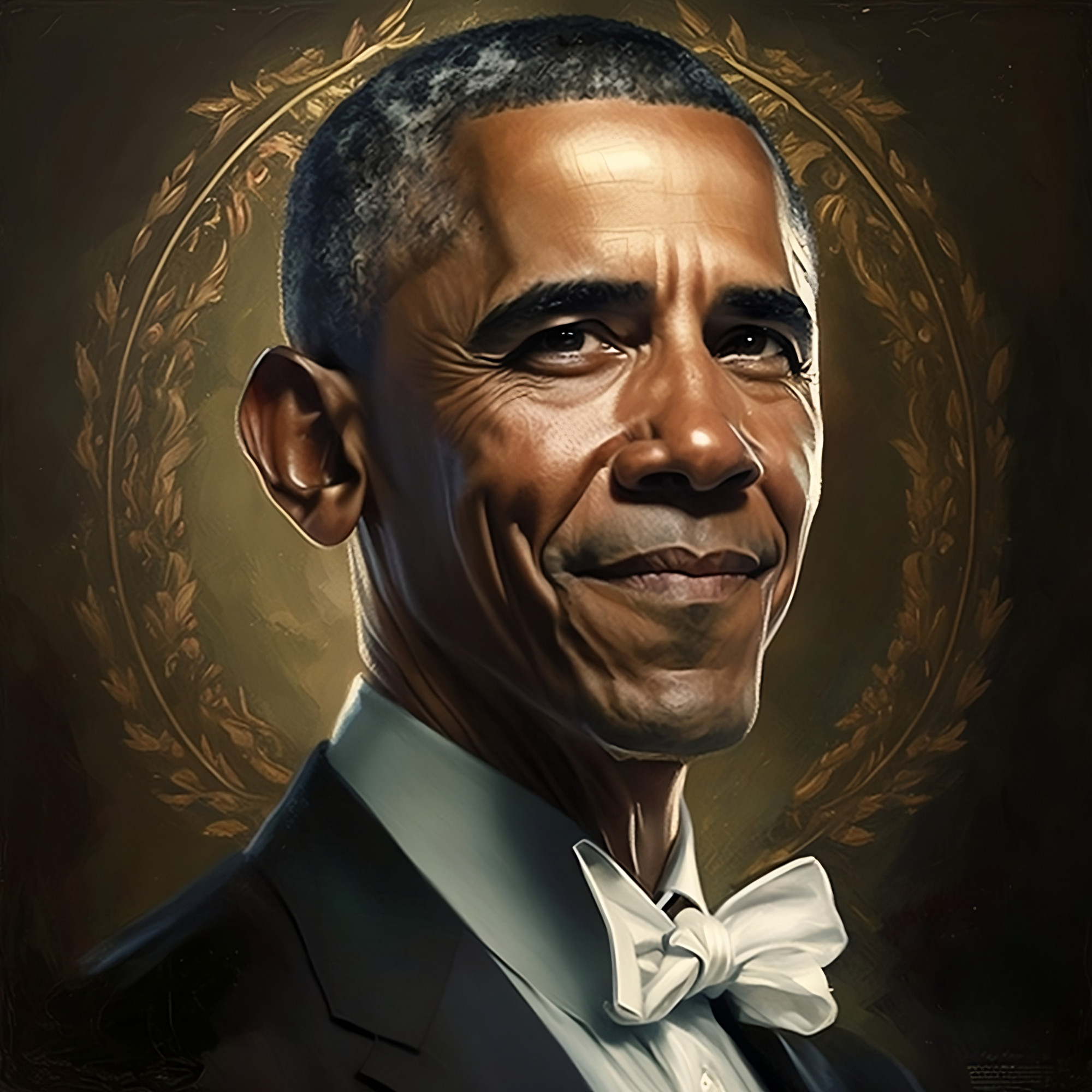
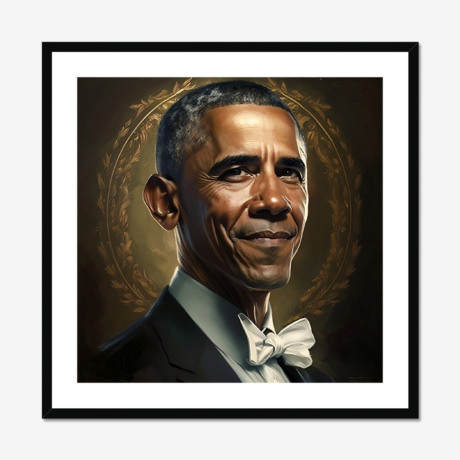
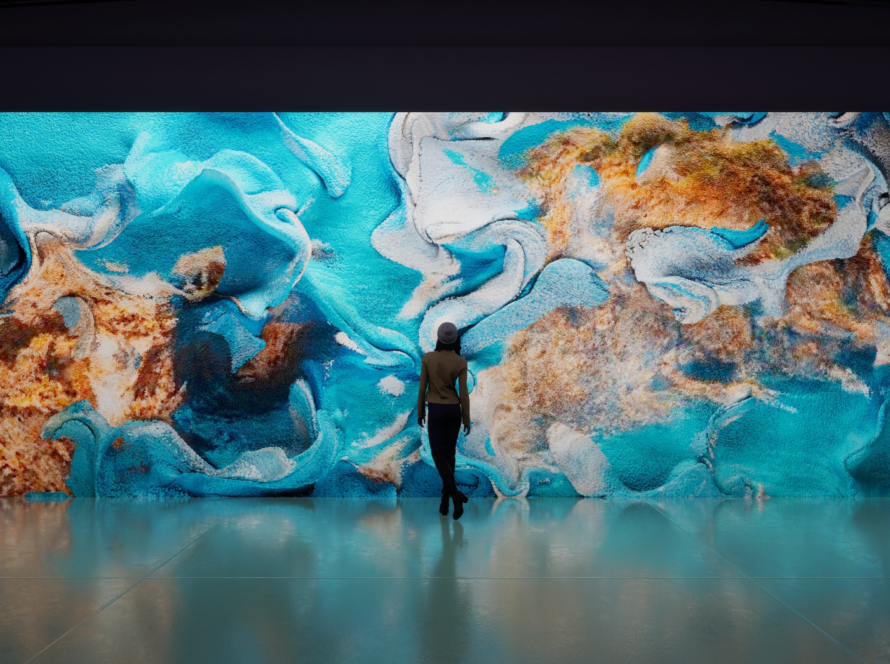

2 Comments